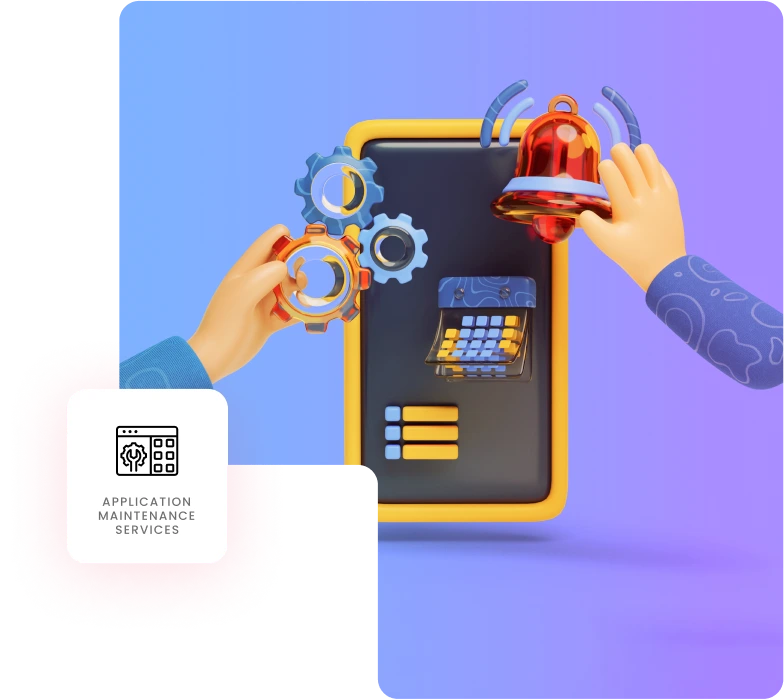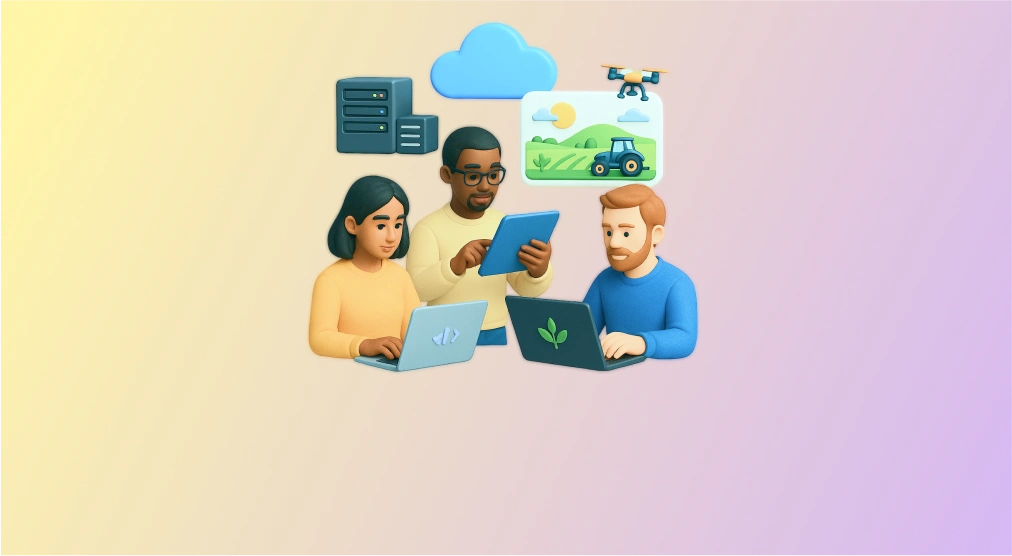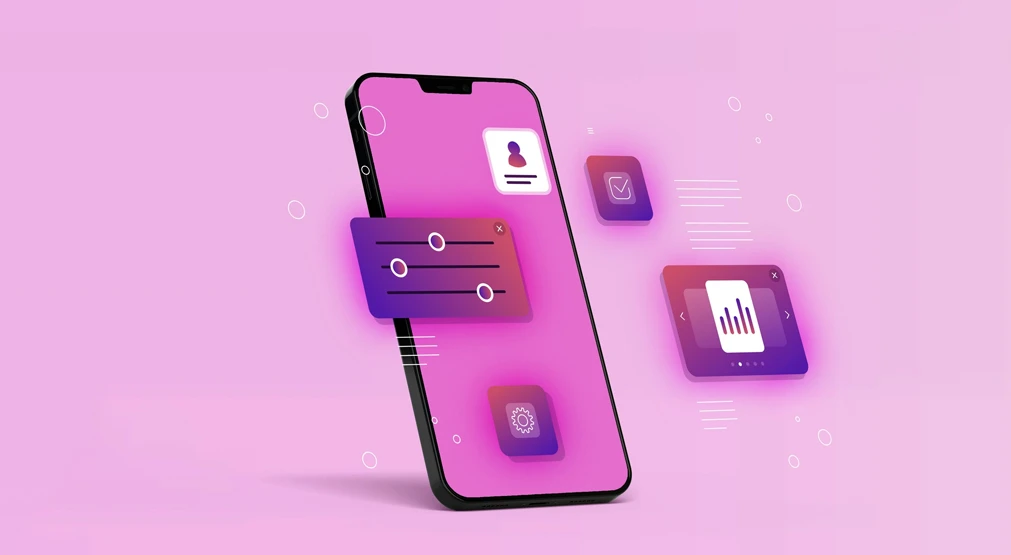Application Maintenance Services Built for Always-On Business
Keep mission-critical systems stable, secure, and scalable with application maintenance services designed to eliminate downtime and optimize every layer of performance.
Trusted by 150+ enterprise clients to support mission-critical systems

Keeping Applications Relevant, Reliable, and Resilient
niche player in the 2024 Gartner® Magic Quadrant™ for f&a
From legacy modernization to real-time monitoring and SLA-based support, our application maintenance services are built to reduce downtime, improve responsiveness, and sustain long-term performance across cloud and on-prem environments. Whether you're managing packaged software, ERP systems, or custom-built tools, we ensure nothing slows you down.
We manage every layer of your application stack—code, configuration, integrations, infrastructure, and third-party connections. With proactive patching, root cause analysis, performance diagnostics, and compliance checks, we help you eliminate latency, address vulnerabilities, and extend the value of your enterprise software landscape.
By combining enterprise application optimization, predictive monitoring, and 24/7 managed support, we reduce IT overhead, lower mean time to resolve (MTTR), and keep your business moving without disruption.
Our Application Maintenance Offerings
Preventive & Corrective Support
Monitor, detect, and resolve issues before they impact users or performance.
Performance Optimization
Fine-tune runtime environments, eliminate latency, and ensure high responsiveness.
Legacy Application Modernization
Upgrade legacy apps using replatforming, refactoring, or rehosting—without disruption.
Cloud & Hybrid App Support
Maintain, monitor, and optimize applications hosted on AWS, Azure, GCP, or hybrid setups.
Patch, Upgrade & Compliance Management
Timely release cycles, version control, and vulnerability patching to keep your systems secure.
24/7 Managed Application Services
Global helpdesk, ticket triage, and incident management tailored to business-critical SLAs.
Our End-to-End
Application Support Model

Assess & Stabilize
Baseline your application landscape, identify pain points, and resolve critical issues.

Upgrade & Adapt
Improve performance, automate recurring tasks, and align with new business processes.

Transform & Modernize
Migrate outdated systems to modern architectures—cloud, microservices, or containers.

Support & Monitor
Round-the-clock performance tracking, user support, and continuous health checks.
How We Deliver Long-Term Value
Stability That Sustains
Maximize uptime and system reliability with proactive issue prevention.
Business-Centric Support
Align fixes, updates, and enhancements with real operational priorities.
Preventive Over Reactive
Detect, resolve, and avoid risks before they disrupt critical functions.
Cross-Platform Mastery
Support for legacy, cloud, hybrid, and enterprise-grade custom applications.
Efficient Cost Models
Cut support costs with automation, issue trends, and TCO-driven strategies.
Why Application Maintenance Services Matter
- Prevent revenue loss by avoiding app downtime
- Improve user experience with high-performing apps
- Enable faster response to change requests or updates
- Maintain compliance with evolving security standards
- Lower TCO by extending app life and reducing tech debt
Case Studies
Enterprise Uptime, Delivered
See how global companies modernized legacy applications, reduced downtime, and gained 24/7 visibility into application health.
View all Case StudiesFAQs
Application Maintenance Services
We support enterprise applications across ERP, CRM, HCM, custom platforms, mobile apps, and legacy systems—including cloud and on-prem environments.
Yes. We provide phased modernization while continuing SLA-based support—ensuring performance isn't compromised during transition.
With global delivery models, real-time monitoring tools, and automated incident handling, we ensure high availability for mission-critical apps.
We follow a secure, phased patching process that includes version control, rollback plans, and post-deployment testing to minimize risk.
Absolutely. We integrate with ServiceNow, Jira, Azure DevOps, and other platforms to streamline workflows and unify reporting.
We follow a zero-disruption strategy by scheduling maintenance during off-peak hours, using blue-green deployments, and rolling updates. We also provide fallback mechanisms and user notifications to ensure business continuity.
Yes. We specialize in legacy system support and maintain applications built on older stacks like COBOL, VB, or Classic ASP. Our teams provide patching, replatforming, and interface enhancements without forcing immediate migration.
We monitor MTTR (mean time to resolve), application uptime, defect density, incident recurrence rate, and user satisfaction scores. These metrics are shared via dashboards and reports for transparency and ongoing improvement.
Still Struggling with App Downtime or Legacy Systems?
Get answers to frequently asked questions on app support, performance, and cost control.
Application Maintenance knowledge base



